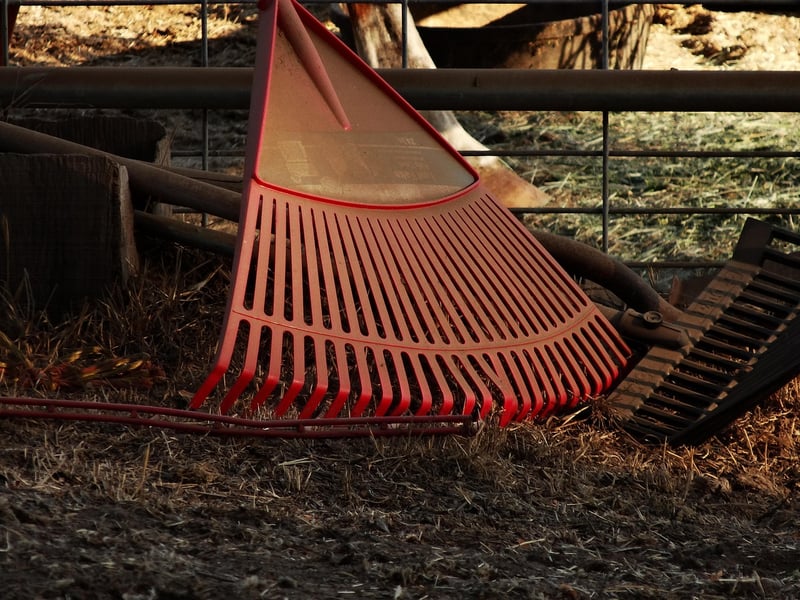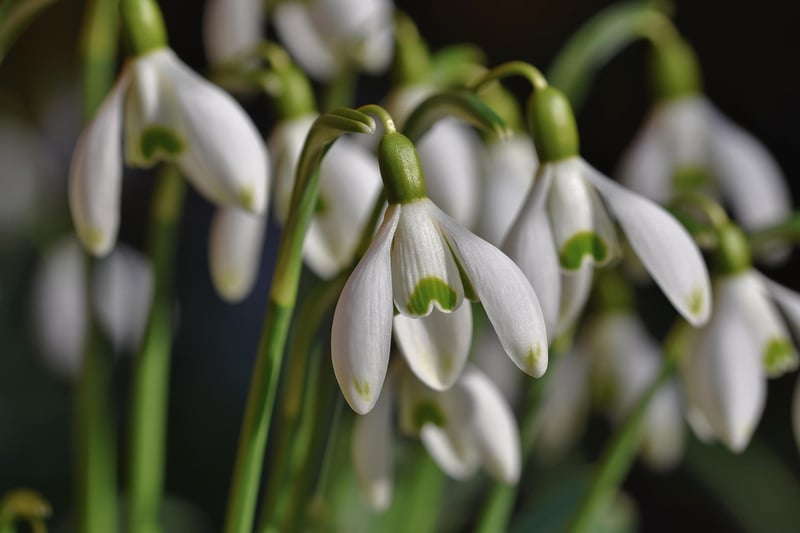Pruning Guide
Keeping Your Garden Healthy: A Complete Pruning Guide
Welcome to our comprehensive guide on keeping your garden healthy through proper pruning techniques. Pruning is a vital aspect of garden maintenance that not only promotes plant health but also enhances the overall aesthetics of your outdoor space. Whether you are a seasoned gardener or just starting, this guide will provide you with essential tips and tricks to ensure your garden thrives.
Why Pruning is Important
Pruning involves selectively removing certain parts of a plant, such as branches, buds, or roots, to benefit the plant's growth. Here are some key reasons why pruning is essential:
- Promotes plant health by removing diseased or dead parts
- Shapes the plant for better aesthetics and structure
- Encourages the growth of new shoots and flowers
- Controls the size of the plant to fit its space
Basic Pruning Techniques
Before you start pruning, it's crucial to understand the basic techniques to ensure you do it correctly:
- Use sharp, clean tools to make precise cuts
- Identify the parts of the plant that need pruning
- Prune at the right time of year based on the plant type
- Make angled cuts just above a bud or branch junction
- Remove crossing branches and those growing inward
Common Pruning Mistakes to Avoid
While pruning is beneficial, it's essential to avoid common mistakes that can harm your plants. Here are some mistakes to steer clear of:
- Over-pruning, which can stress the plant
- Pruning at the wrong time, disrupting the plant's growth cycle
- Not using the right tools, leading to jagged cuts
- Removing too much of the plant, impacting its health
Pruning Guide for Different Plants
Each type of plant requires specific pruning techniques to thrive. Here are some general guidelines for common garden plants:
- Roses: Prune in late winter to early spring to encourage new growth and flowering.
- Shrubs: Remove dead or diseased branches throughout the year for optimal health.
- Trees: Prune during dormancy to shape the tree and prevent diseases.
- Perennials: Cut back old growth in late fall or early spring to promote new growth.
Conclusion
Pruning is a fundamental aspect of garden care that can have a significant impact on the health and appearance of your plants. By following the right techniques and avoiding common mistakes, you can keep your garden thriving throughout the year. Remember, a well-pruned garden is a healthy garden!
For more gardening tips and tricks, stay tuned for our upcoming articles. Happy pruning!


 Learn more about pruning techniques
Learn more about pruning techniques
